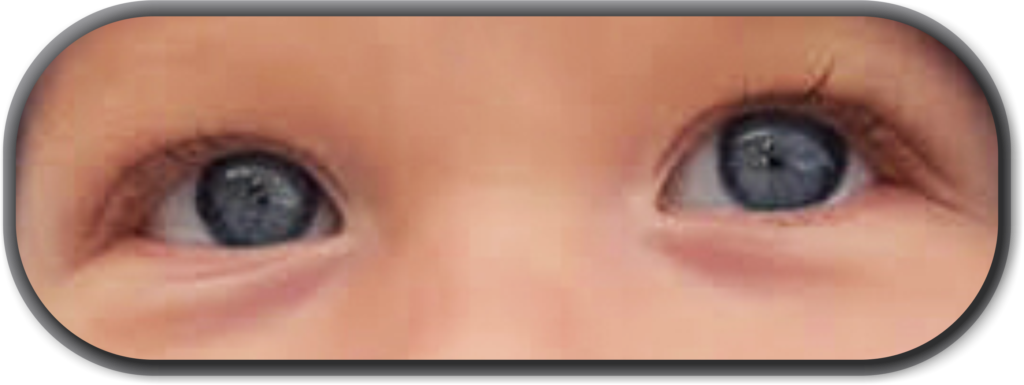Reading and learning is such a complex process because so many things are interrelated and must work together in order for learning to happen. Because of this, if one of these processes is interrupted, learning problems may occur. While these processes are impossible to see, there are things to look for that can give clues to how these processes are working.
Have you ever noticed your child rubbing their eyes or squinting? This action is a good indicator that a vision exam may be needed in order to check to see if the child needs glasses. There are also other indicators that could indicate your child may have vision related learning problems. If these symptoms are noted, it is important to get a comprehensive eye exam!
Loving to Read
So many times when I am doing vision therapy on a child, they come in struggling with reading, learning problems, and self esteem. After just a few weeks I can literally see their self esteem rise and after a while their reading improves. I had one patient who hated reading when he came in but by the end of therapy he was taking his books to bed with him because he couldn’t put them down! This is every mothers dream. It doesn’t have to be just a dream though, you can help it become a reality. Pay attention to what your child needs and let’s get them the help they need.
Our Story
I wrote the story of my son here which talks about the symptoms he was experiencing in school and the vision therapy we did to help him.
Visual Symptoms
Please take the time to look at the symptoms below. Perhaps there is one or more that are holding your child back from reaching their full potential.
This list of symptoms is from the College of Optometrists in Vision Development (COVD) where I am certified as a vision therapist (COVT). In addition, this site is a great resource for locating doctors in your area but also for articles regarding vision and learning.
| Symptoms | Possible Vision Problems |
| Complains of blurred vision Rubs eyes frequently Squints | Nearsightedness Farsightedness Astigmatism (inability to see clearly in the distance or up close) |
| Closes or covers one eye Occasionally sees double Rubs eyes frequently Able to read for only a short time Poor reading comprehension | Eye coordination problems (inability to coordinate the eyes together effectively) |
| Holds things very close Complains of blurred vision Poor reading comprehension Says eyes are tired Able to read for only a short time Has headaches when reading | Eye focusing problems (inability to easily refocus eyes or maintain clear focus) |
| Moves head excessively when reading Frequently loses place, skips lines when reading Uses finger to keep place Poor reading comprehension Short attention span | Eye tracking problems (inadequate ability to smoothly and accurately move the eyes from one point to another) |
| Mistakes words with similar beginnings Difficulty recognizing letters, words, or simple shapes and forms Can’t distinguish the main idea from insignificant details Trouble learning basic math concepts of size, magnitude, and position | Faulty visual form perception (inability to discriminate differences in size, shape, or form) |
| Trouble visualizing what is read Poor reading comprehension Poor speller Trouble with mathematical concepts Poor recall of visually presented material | Faulty visual memory (inability to remember and understand what is seen) |
| Sloppy handwriting and drawing Can’t stay on lines Poor copying skills Can respond orally but not in writing | Faulty visual motor integration (inability to process and reproduce visual mages by writing or drawing) |
| Trouble learning right and left Reverses letters and words Trouble writing and remembering letters and numbers | Difficulty with laterality and directionality (poor development of left/right awareness) |
